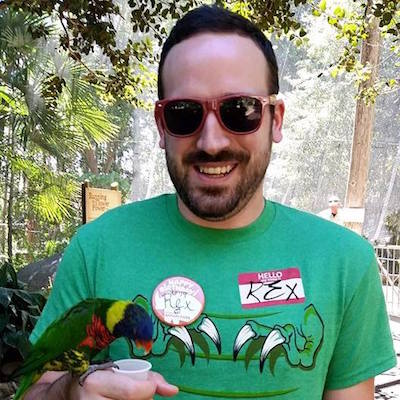Students at Pressman Academy from grades K-5th participate in STEAM twice a week for 45 minutes. During this time they are presented with a variety of options to explore a given content area. Ultimately they create prototypes to solve complex problems and models to represent how they understand the world using tools from cardboard to CNC machines.
Entry Narrative
Students from Kindergarten through the middle years of college are routinely told that they will learn that later, or to wait until they’re older to create something novel, that they do not yet posses the skills necessary to make something the world has never seen before. Instead we provide science experiments we already know the answers to and ask them to write essays with no purpose other than being read by the instructor and given a grade. By doing so, we teach away the inherent creativity that children possess. Further, when they reach later years in school where existing solutions to problems break down, educators wonder why they lack the ability to come up with something novel. Over the course of 15+ years, students become risk adverse and psychologically limited by the imposed barriers of a subtractive education system where being perfect means never making a mistake.
STEAM at Pressman Academy of Temple Beth Am is an attempt to break this cycle by approaching students as key contributors, co-designers, of their unique educational experience. From K-5th grade students attend STEAM twice a week for 45 minutes. During this time we explore content areas aligned to standards drawn from Design Thinking, Next Generation Science Standards, ISTE, Blooms Taxonomy, and CSTA. The learning progression follows a spiral curriculum wherein students may interact with the same content from a different angle during the same year, and in subsequent years. Grading of student work consists exclusively of; Persistence & Grit, their ability to persevere through challenges by attempting potential solutions they have yet to try; Curiosity & Creativity, their ability to seek out different content, tools, and approaches than they have become comfortable with; and Collaboration & Participation, how likely they are to be actively engaged in supporting the growth of their learning community as a whole. The combination of these factors, and the framing during classroom implementation has led to the development of a student body eager to try new ideas, learn from their peers, and see failures as the stepping stones to success.
Our approach to implementation begins with two key concepts, Building Blocks & Tools. Building Blocks consist of anything which makes up something larger, which range from atoms, to pixels, popsicle sticks, cells, or plants and animals. These Building Blocks are able to be manipulated by Tools, which consist of anything ranging from a pencil, to hammers, lights, CNC machines, 3D Printers, tables, chairs, iPads, Minecraft, or Google. The intersection of these two is messy, and that is not shied away from in discussion with students. There are times that tools can be a Building Block, and there are times that Building Blocks are tools. But this basic breakdown allows us to explore a diverse range of content using the same general principle, what makes it up, and how does it interact. These two questions form the basis of all of our projects and challenges throughout their years at Pressman Academy.
A Day in the STEAM Room
Every day in STEAM is different. Not because the format of lessons is different, or because the content being explored is different, in many cases these things stay the same for a month or more. No, every day in STEAM is different because the room itself evolves as projects are asynchronously created by the students. As one class comes in, they are able to see what a different class is working on, how their projects have changed since the last time they were in the room, and may choose to spend time exploring that. This is never more true than in the months of January and February when we begin to grow our hydroponic garden. Students utilize the building blocks of seeds, grow plugs, water, plant food, and light to begin transforming the room into a diverse living ecosystem. Dandelion greens can be grown to feed our classroom bearded dragon, Spike. Or Milkweed might be grown to provide food for butterflies.
Entrant Bio(s)
Rex Beaber is the Director of Innovation at Pressman Academy of Temple Beth Am in Los Angeles, CA where he has spent the last two years growing the K-5 STEAM, project-based learning and interdisciplinary initiatives school wide. He has spent the past decade in STEAM education, leveraging games and play to motivate learners of all ages to explore complex problems. Previously, he has worked for and collaborated with a variety of forward-thinking formal and informal educational organizations including Milken Community Schools, BrainPOP, Exploratory, GameDesk Inc, Filament Games, Games+Learning+Society Research Center at UW-Madison, and the Madison Children's Museum. Since 2012 he has emphasized empowering teachers to weave tech tools into innovative classroom curricula, building the Playful Learning movement and co-chairing the Playful Learning Summit @ GLS10.0 in 2014.

This entry has been tagged with the following terms: